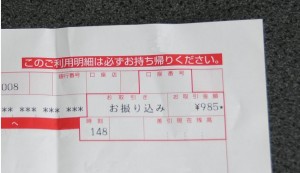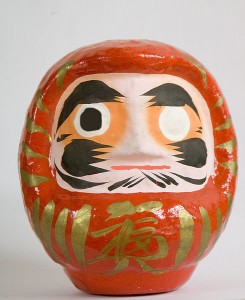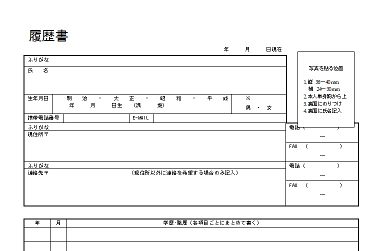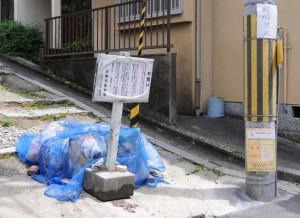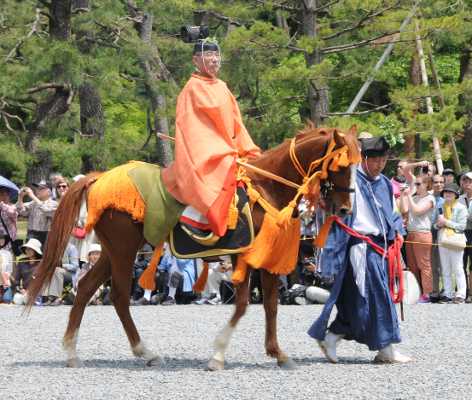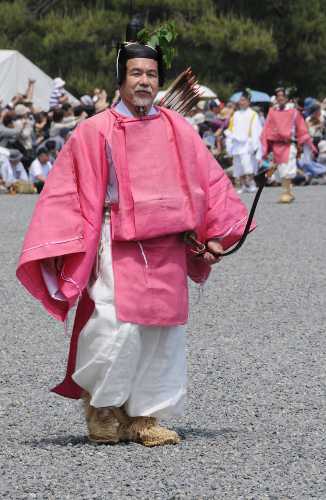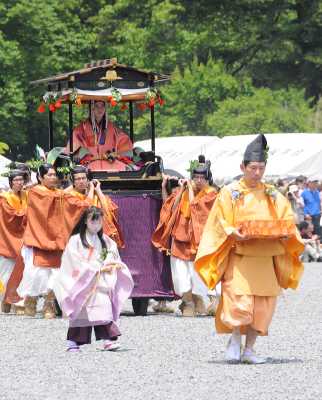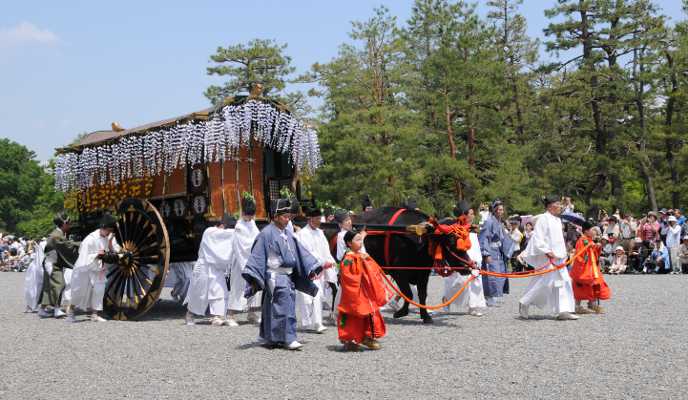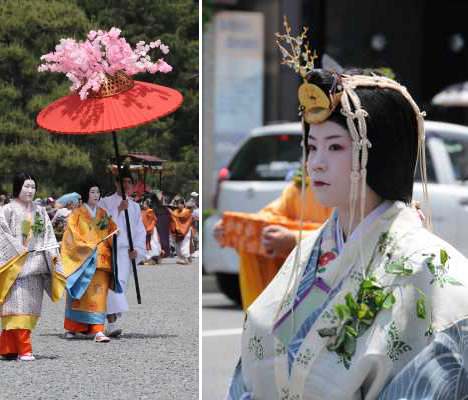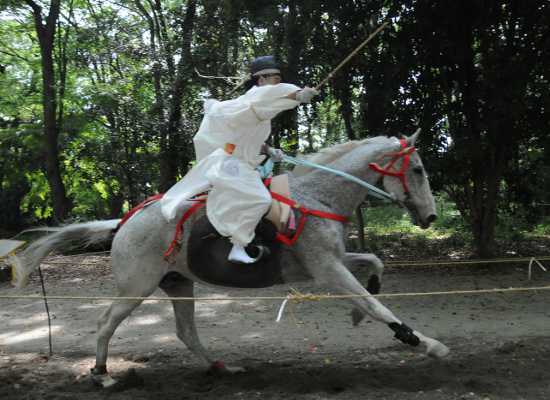Three consecutive days of rain left me yearning to go out and sit in the sun again. So today I packed my things and went to the river that passes through Kyoto and divides the very busy center in the West from the more residential areas in the eastern part of the city. It is called Kamo river – which means duck river – and although it is now regulated down to a straight, slow running stream, it still provides some sort of inner city nature refuge.
Right now the water is very low, and on the little islands and sandbanks thus made, many different kinds of birds can be found. There is even a large group of eagles – maybe 20 or 30 animals – that usually circle above the place where the Kamo and Takano river meet in the northern part of the city. They are amazing in flight, especially when they come down low in the evening. I enjoy watching them very much, and so do other people obviously. I have already seen some daring young men trying to hand-feed them with pieces of meat and fish. So far, nobody seems to have tamed those birds though…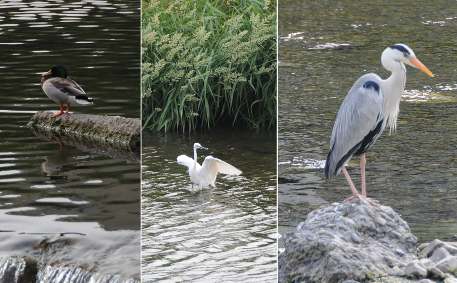 There must be other animals as well, but the only species I can positively attest to is a large sized type of ant – a three centimeter specimen tried to bite me while I was writing this.
There must be other animals as well, but the only species I can positively attest to is a large sized type of ant – a three centimeter specimen tried to bite me while I was writing this.
At the northern part of the river, both banks have been widened to make room for bicycle paths, benches, trees… It’s fun to sit there and do some people watching. Towards the evening there are many elderly women walking their dogs. Other people in business attire are going home along the river then, but even during the day there are people sitting on the benches reading or chatting or even practicing some instrument or other. Today I have seen a guitarist, two young girls with a horn and a tuba, respectively, and a small boy who seemed to practise drums: he had two wooden sticks and banged them against something that looked like a cutting board. I did not fully grasp the meaning of the exercise though, but did not dare to ask.
All along the river there are small sport fields as well, where kids – obviously from some nearby school – play football or do gymnastics. Other groups can be seen running, always motivated by a yelling teacher with a stop watch. There is a less official looking spot where teenagers gather to practice their skateboard skills – they seem to have the most fun.
Further downstream, near the center of Kyoto, restaurants line the right river bank. They all have riverside terraces built on platforms, and while they do not extend over the river proper, there is a small artificial canal running under those terraces. The purpose is to cool the area for the diners above, but how well this works in the hot humidity they call summer here, I cannot guess.
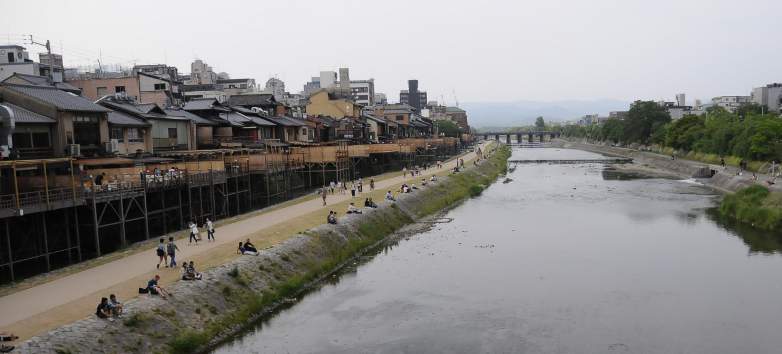 After dark, it goes quiet – away from the restaurants that is. There are no street lamps directly at the river, but the ones from the street that runs parallel provide ample light – if not to read, then enough to walk home safely.
After dark, it goes quiet – away from the restaurants that is. There are no street lamps directly at the river, but the ones from the street that runs parallel provide ample light – if not to read, then enough to walk home safely.
If you’re looking for a quiet spot in Kyoto, you’re probably better off in any of the dozens of temples and shrines, but the Kamo river provides more privacy and is an excellent place to watch – and meet – the locals.


